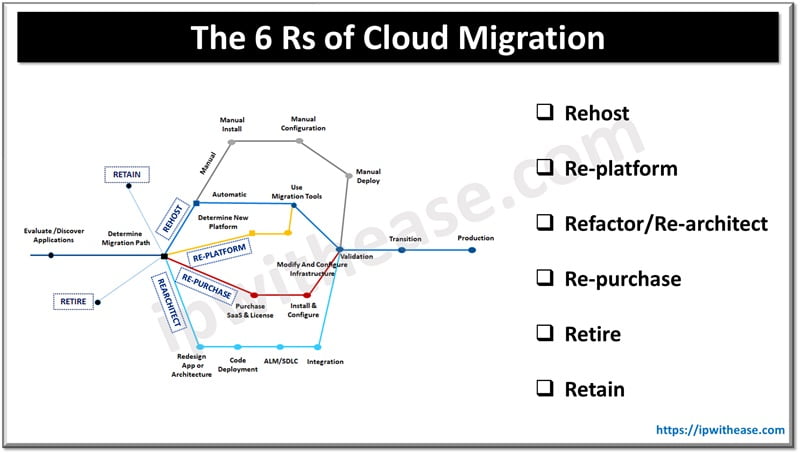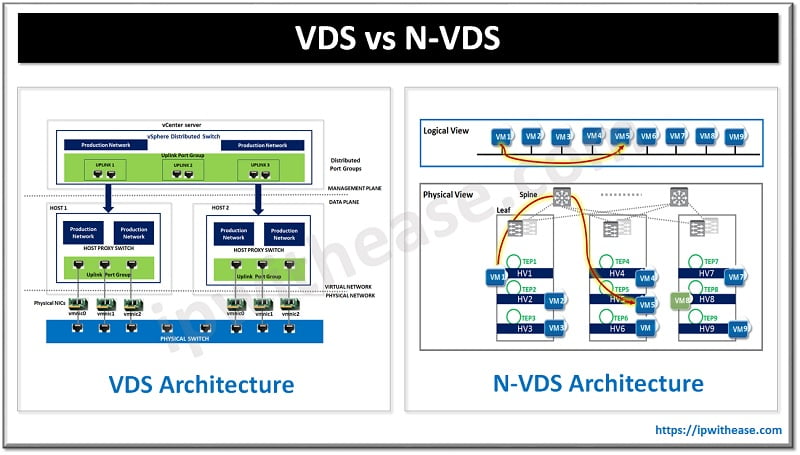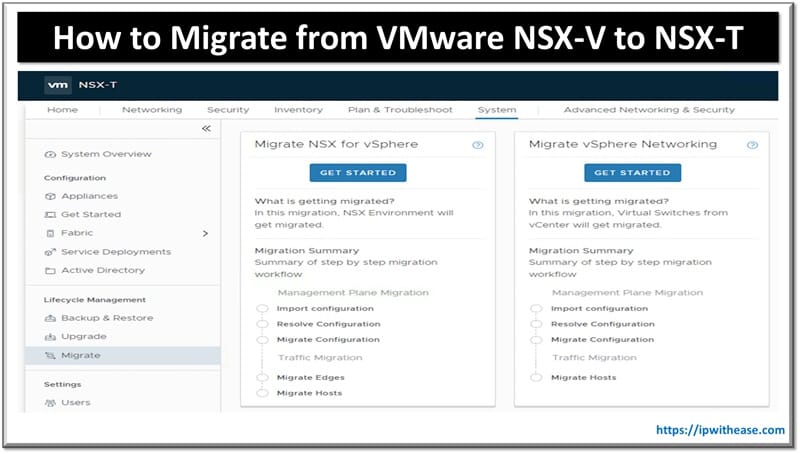Table of Contents:
Choosing the right cloud migration strategy is vital for business success especially when organizations are moving their applications onto cloud to drive growth. As per Gartner prediction worldwide cloud spending to $591.8 billion in 2023 and more than 20% of 2022. IT spending will move from traditional IT solutions onto over cloud.
Cloud migration is a complex and costly affair so choice of proper migration cloud strategy and right approach to handle IT assets is crucial. A cloud software development service can support for a smooth migration process. Cloud migration is not just about moving onto cloud it is an iterative process to reduce costs and obtain full potential on cloud for services. It impacts all aspects of organization – People, Processes and technology.

Today in this article we will discuss 6 Rs of cloud migration, 6 strategies which answer the crucial question of how to migrate your IT assets to cloud, which strategy will best fit in to what type of migration scenario and conditions, use cases etc.
6 Rs of Cloud Migration
Rehost
it is based on ‘Lift and Shift’ where data assets from on premises infrastructure will move on to cloud infrastructure. This kind of strategy is well suited for large scale enterprise migrations, when you are new to cloud, you have time constraints to perform migrations and you need off the shelf applications migration. It enhances the speed and performance of cloud at low costs. Rehosting automation tools such as CloudEngine migration and AWS VM Import/Export can be chosen or you can go for manual implementation to gain cloud maturity.
However, there are certain limitations in Rehosting such as you will not be able to fully avail features like short-lived compute and autoscaling, legacy and resource intensive applications might face latency issues due to issues like non-compatibility within cloud environments.
Replatform
This is based on the ‘Lift, Tinker and Shift’ strategy which is a modified version of rehosting only. It enables users to make few configuration changes to applications to better suit the cloud environment without modifying their underlying core architecture. Developers commonly apply this approach to change the way an application interacts with a database so as to enable it to run flawlessly on managed platforms like Google CloudSQL or Amazon RDS.
It is an ideally suited migration scenario for shorter migration timelines, leveraging benefits of cloud without application refactoring and migration of complex applications with minor changes to attain cloud benefits.
Refactor/Re-architect
This strategy involves rewriting applications from scratch and making them fit for the cloud. This lets you realize the full potential of cloud technologies such as microservices architecture, serverless, containers, functions as a service, load balancers etc.
A monolithic on premises architecture can be converted into serverless architecture in the cloud. This refactoring or rearchitecting makes applications more agile, scalable, efficient and gives ROI in the long run.
It is most expansive, resource intensive and time consuming as compared to its counterparts but most worthy in the long run. When emphasis is on scalability, performance and speed and organizations want to reap benefits of cloud in true sense or situations where applications are not cloud compatible this strategy is well suited however it has its own pitfalls such as lack of cloud skills, complex projects and program delivery, potential significant business disruptions (During application non-availability) etc.
Repurchase
This is also called ‘Drop and shop’ strategy which is the replacement of on premises application with a cloud native vendor packaged software. Might require to start a new licensing agreement with cloud vendors and drop on premises licence. This upgraded cloud version offers better value and high efficiency, savings on application storage and recurring maintenance costs.
There could be some hurdles such as training of staff, vendor lock in, lack of customization (SaaS applications) etc. This is ideal scenario for legacy application not compatible with cloud or replacing software for standard functions like HR, Finance etc.
Retire
This strategy is meant to get rid of applications no longer required or productive for the organization and it is not worth considering for migration to cloud then it can be eliminated or downsized. Decommissioning of applications is a complex process and critical to decide its retirement and planning is required to phase out applications no longer required. Ideal for redundant and obsolete applications, not compatible with cloud and not productive value. refactored or repurchased applications.
Retain
This is also known as revisit which means looking at critical applications and portions of digital assets which require significant refactoring or re-architecting efforts before migration to cloud. Some applications are considered to be more suitable for on premises deployment and recently upgraded or purchased. Ideally hybrid cloud deployments, heavily invested on premises applications, applications require revisiting later and not compatible and work well with cloud.
Continue Reading:
What is Cloud Workload Protection Platform (CWPP)?
ABOUT THE AUTHOR

You can learn more about her on her linkedin profile – Rashmi Bhardwaj



